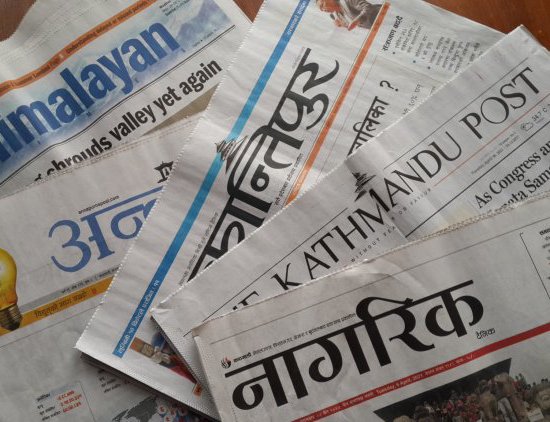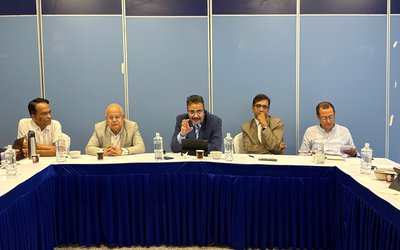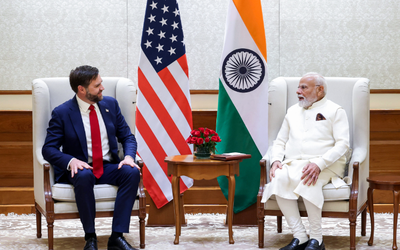
If newspapers are responsible for cutting down so many trees, shouldn't we stop printing/reading them and move them to digital? It is true that traditional newspapers contribute to deforestation through the use of paper. Many newspapers have recognized this and have tried to use recycled paper and sustainable forestry practices. However, the environmental impact of newspaper production can be significantly reduced by moving to digital platforms.
Digital newspapers and online news websites can help reduce the demand for paper and reduce the need for deforestation. Additionally, digital platforms offer the advantage of being easily accessible and more environmentally friendly.
But the older generation in Nepal still wants to read in print media. Therefore, the possibility of print media gradually decreasing or decreasing after digitization cannot be ruled out.
Recently, there have been some news about Nepali print media in some weeklies. Some of them have not been paid, there is no advertisement anywhere, financial crisis after Covid-19, etc. may be the reason.
There may be a problem after digitization. ? After digitization, there is a reality that many newspapers have closed down or merged in western countries and our neighboring countries as well.
Print media is one of the earliest and most basic forms of mass communication, including newspapers, weeklies, magazines, periodicals, and other types of printed periodicals.
Printed material is created mechanically or electronically through printing or photocopying. Printers can create many types of communications using automated digital technology. Print media is a form of mass communication in which news and information are created and disseminated through printed publications.
The general public receives this information and images or graphics in printed form, often called hard copy. A printed medium of communication consists of physical documents in color or black and white.
The media industry is constantly evolving, and mergers and acquisitions are a common way for companies to stay competitive. Here are some potential future mergers and acquisitions in the media industry: NBC Universal and Lionsgate:
The merger would combine NBC Universal's broadcast network, Universal Pictures, and Peacock streaming service, and Lionsgate's content strength, including its film and television studios, as well as its Starz streaming service.
This will create a media giant with a portfolio. Warner Bros. Discovery and Netflix: This merger will revolutionize the streaming market, creating a company with a vast library of content and global reach.
However, it is also likely to face regulatory scrutiny. Apple and Disney: This merger would be a big deal, but it's unlikely to happen due to regulatory concerns. However, this is a sign of increasing consolidation in the media industry.
These are just some of the possible future mergers and acquisitions in the media industry. As the industry evolves, we can expect to see more deals as companies look to stay competitive and grow their businesses. In addition to these specific mergers, there are other trends that may lead to future merger and acquisition activity in the media industry.
These include: The rise of streaming services: The streaming wars are heating up, and companies are looking to acquire new content and expand their reach.
Growth of video games: Video games are becoming increasingly popular, and companies are looking to acquire game studios and IP. Convergence of media and technology: As the lines between media and technology blur, companies are looking to acquire new capabilities. These are some of the factors that could drive future merger activity in the media industry.
It will be interesting to see how this industry evolves in the coming years. In the stormy realm of print media, a battle rages on. The once mighty kingdom of ink and paper is under siege on many fronts.
First, it faced a relentless onslaught from the broadcast media, a powerful adversary that threatened its dominance. Then, the tide turned categorically against it and paid advertising moved into the digital space, enabling it to collect valuable revenue, but now the situation is different.
And now, due to the Covid pandemic, a new challenge has emerged – the migration of readers from public spaces to the comfort of their own homes, giving up the tactile pleasure of holding a magazine in hand.
Yet, amidst this turmoil, print clings to its essence, unrepeatable elsewhere. Print media (prakshan media) has developed especially in Nepal, it shows the growth of print media like situation of 1990, but it still has some institutional weaknesses which is necessary to make it a vital force for Nepalese society.
- Nepal’s recent Economic Growth: Critical observations ?
- Apr 12, 2025
- “Kolahalko Kolaj “: A Collection Of Scattered Memories By Prakash Sayami
- Apr 02, 2025
- Nepal-India Trade, Transit And Unauthorized Trade: Some Considerations
- Jan 16, 2025
- PM Oli’s Forthcoming Visit To China: Will The Achievement Be Complete?
- Nov 29, 2024
- Obituary To Dr. Mohan Man Sainju!
- Nov 02, 2024















